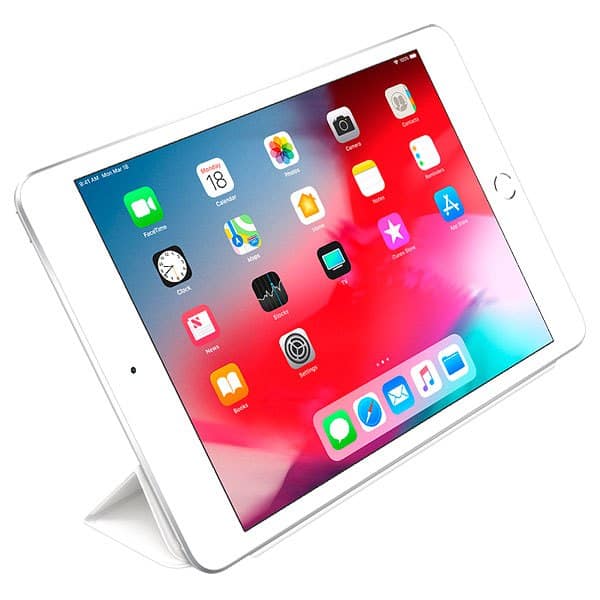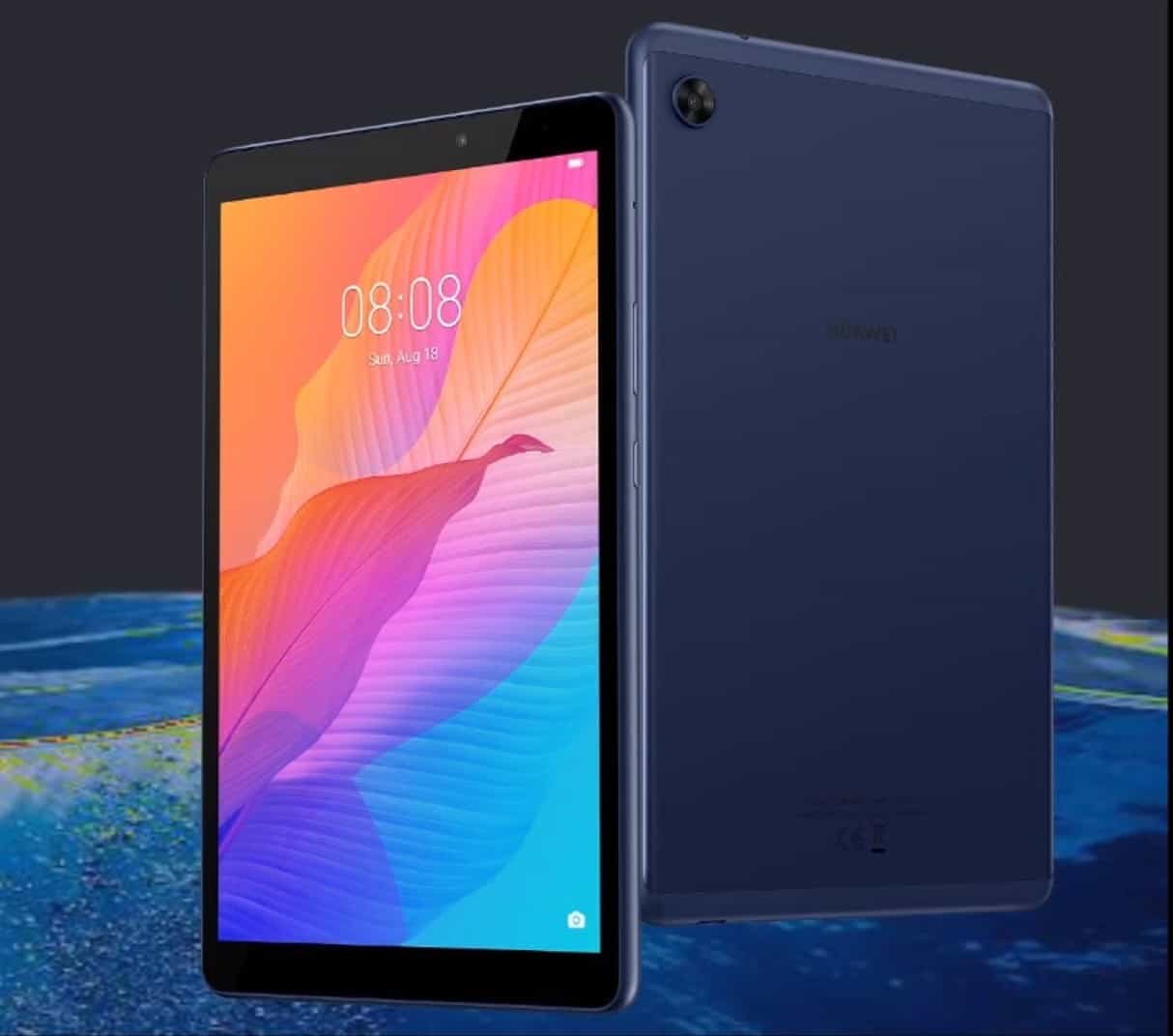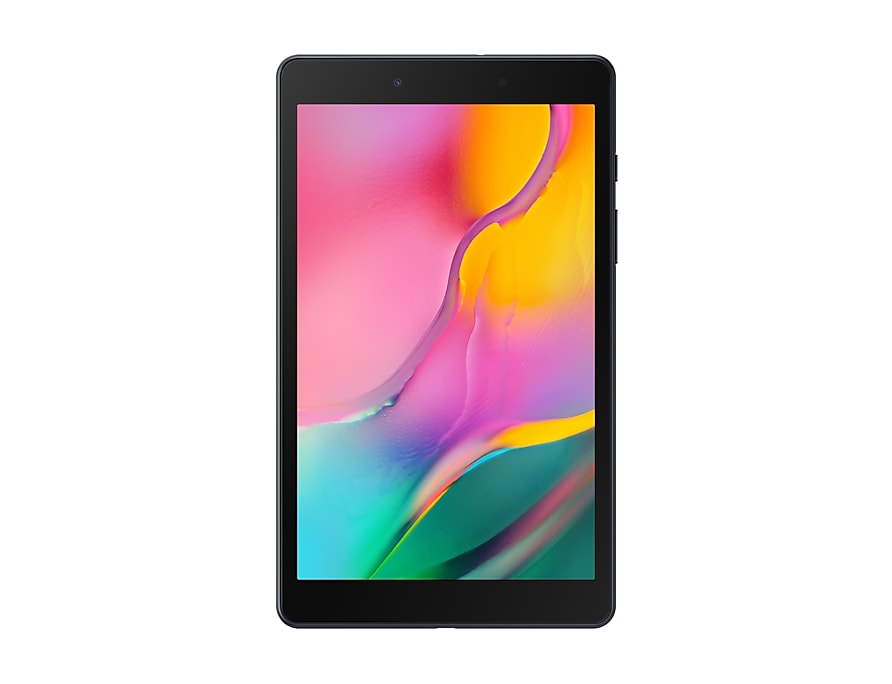Buying a tablet is quite complicated. Some tab lovers cherish portability, while some lookout for the best screen size they can lay their hands on. However, if you need a tablet for educational reasons, it is always best to ensure you do not fall in the trap of low prices and substandard products. To help you avoid that, see our list of 7 Best Small Tablets For Education:
1. Apple iPad Mini 5:

This is a brilliant product that comes with all the storage space you need, alongside a brilliant CPU, and supported by 3GB of RAM, which is the best performance spec choice for memory.
Must Read: 7 Best Time Management Apps
The only disadvantage here is that it’ll be unnecessary to buy it if you are an iPad Mini 4 owner already. Its CPU was also improved from A8 to A12 Bionic.
2. Samsung Galaxy Tab A8 (2019):
Even if Samsung is focusing more on the latest smartphones nowadays, it is still very active in the 8-inch tablet market.
Must Read: 10 Best Study Apps For Students
This tab comes with a 2.0 GHz quad-core processor, even if its 2GB of RAM and base 32GB of internal storage is more rampant. It is very solid and sturdy and its battery life is impressive.
3. Amazon Fire HD 8 (2020):

This is another tab that delivers amazing specifications. Its battery life has improved compared to the previous generation and it comes with a USB-C charging port.
Must Read: 4 Best Amazon Fire Tablets
Even if others depend on micro USB, Amazon has started launching USB-C on their new tablets, including the Fire HD 10.
4. Vankyo MatrixPad S7 Tablet:

If you need an entry-level tab that can be used strictly for media access, this is the one to go for. It possesses a neat and non-bloated version of Android 9, and you will have access to a regular 1.3Ghz quad-core CPU, plus 2GB of RAM.
Must Read: 5 Best Tablet Optimized Apps For Android
It is also home to a whopping 32GB of default internal storage, which is something rare in tabs within its range.
5. Lenovo Tab M8 Tablet:

If you are focused on buying mid-tier quality budget tabs, something from Lenovo will make a lot of sense. Its package of 2.0 GHz quad-core CPU, 2GB RAM, and 32 GB internal storage and its decent price makes it one of the best tabs out there for education lovers.
Must Read: 10 best laptops for college students
With it, you will have access to an interfacing productivity machine and a Lenovo Tab M8 battery that will last up to 18 hours for web browsing.
6. Amazon Fire 7 (2019):
Buying this means spending money on 16 GB expansion option that is now double to 32 and ARM Cortex-A53 to fasten the response of regular tasks that are repeatedly done on the tablet. Finally, you will no longer have to deal with the 2017 version’s prehistoric 0.3 MP camera, and you will instantly have access to its new 2 MP camera.
7. Huawei MatePad T8:

Before we mesmerize you with its massive advantages, this tab comes with a “no Google Play” description because of Huawei’s battles with the U.S. government. However, having no Google Play does not mean applications cannot be installed on it. You get 50GB free cloud storage and 6 months free music streaming too.
More Information On Tablets:
A tablet computer, commonly shortened to tablet, is a mobile device, typically with a mobile operating system and touchscreen display processing circuitry, and a rechargeable battery in a single, thin and flat package.
Tablets, being computers, do what other personal computers do, but lack some input/output (I/O) abilities that others have.
Modern tablets largely resemble modern smartphones, the only differences being that tablets are relatively larger than smartphones, with screens 7 inches (18 cm) or larger, measured diagonally, and may not support access to a cellular network.
The touchscreen display is operated by gestures executed by finger or digital pen (stylus), instead of the mouse, trackpad, and keyboard of larger computers. Portable computers can be classified according to the presence and appearance of physical keyboards.
Two species of tablet, the slate and booklet, do not have physical keyboards and usually accept text and other input by use of a virtual keyboard shown on their touchscreen displays.
To compensate for their lack of a physical keyboard, most tablets can connect to independent physical keyboards by Bluetooth or USB; 2-in-1 PCs have keyboards, distinct from tablets.
A key component among tablet computers is touch input on a touchscreen liquid-crystal display (LCD). This allows the user to navigate easily and type with a virtual keyboard on the screen or press other icons on the screen to open apps or files.
The first tablet to do this was the GRiDPad by GRiD Systems Corporation; the tablet featured both a stylus, a pen-like tool to aid with precision in a touchscreen device as well as an on-screen keyboard.
The system must respond to on-screen touches rather than clicks of a keyboard or mouse. This operation makes precise use of our eye–hand coordination.
There you have it – a comprehensive list of 7 of the best small tablets for education. If you have any personal favorites or other recommendations, feel free to drop them in the comment section below.




